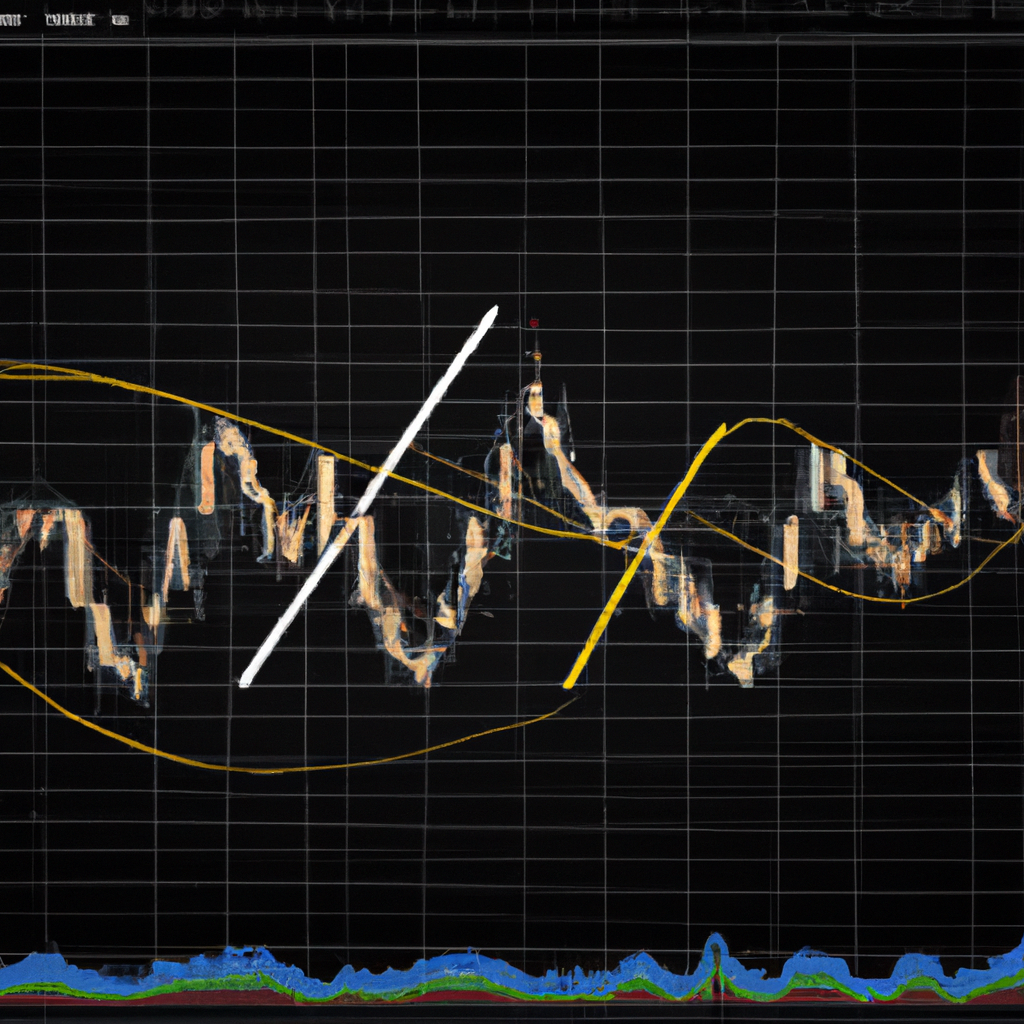Understanding Overbought and Oversold Conditions
When it comes to trading in the financial markets, understanding overbought and oversold conditions is crucial. These terms refer to the state of an asset’s price relative to its historical performance and can provide valuable insights into potential market reversals or corrections. In this article, we will explore what overbought and oversold conditions mean and how traders can identify and utilize them in their trading strategies.
What are Overbought and Oversold Conditions?
Overbought and oversold conditions are technical indicators used to assess the momentum of an asset’s price movement. They are based on the premise that markets tend to move in cycles, alternating between periods of excessive buying (overbought) and excessive selling (oversold).
When an asset is considered overbought, it means that its price has risen too far and too fast, indicating that buying pressure may be nearing exhaustion. Conversely, when an asset is deemed oversold, it means that its price has fallen too much and too quickly, suggesting that selling pressure may be reaching its limit.
Identifying Overbought and Oversold Conditions
There are several popular technical indicators that traders use to identify overbought and oversold conditions. These indicators can be applied to various financial instruments, such as stocks, currencies, and commodities. Here are a few commonly used indicators:
- Relative Strength Index (RSI): The RSI is a momentum oscillator that measures the speed and change of price movements. It ranges from 0 to 100 and is typically considered overbought when above 70 and oversold when below 30.
- Stochastic Oscillator: The stochastic oscillator compares an asset’s closing price to its price range over a specific period. It also ranges from 0 to 100 and is considered overbought when above 80 and oversold when below 20.
- Moving Average Convergence Divergence (MACD): The MACD is a trend-following momentum indicator that calculates the difference between two moving averages. When the MACD line crosses above the signal line, it may indicate an overbought condition, while a cross below the signal line may suggest an oversold condition.
Utilizing Overbought and Oversold Conditions in Trading
While identifying overbought and oversold conditions can be useful, it is important to note that these indicators should not be used in isolation. They are most effective when combined with other technical analysis tools and considered within the broader market context.
When an asset is overbought, traders may consider taking profits or tightening stop-loss orders, anticipating a potential price reversal or correction. Conversely, when an asset is oversold, traders may look for buying opportunities, expecting the price to bounce back from oversold levels.
It is crucial to remember that overbought and oversold conditions do not guarantee immediate reversals. Markets can remain overbought or oversold for extended periods, especially during strong trending phases. Therefore, it is essential to assess other factors, such as market sentiment, volume, and overall trend, before making trading decisions based solely on overbought or oversold conditions.
Conclusion
Understanding overbought and oversold conditions is a valuable skill for traders in the financial markets. By utilizing technical indicators like the RSI, stochastic oscillator, and MACD, traders can identify potential market reversals and make informed trading decisions. However, it is essential to use these indicators in conjunction with other analysis tools and consider the broader market context to increase the probability of successful trades. Remember, patience and thorough analysis are key when navigating overbought and oversold conditions.



